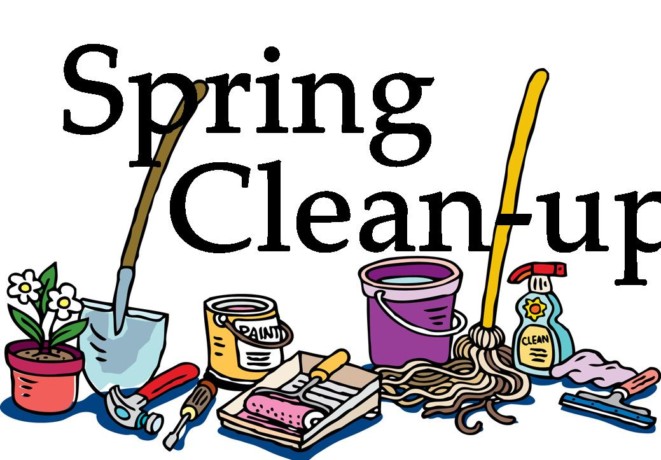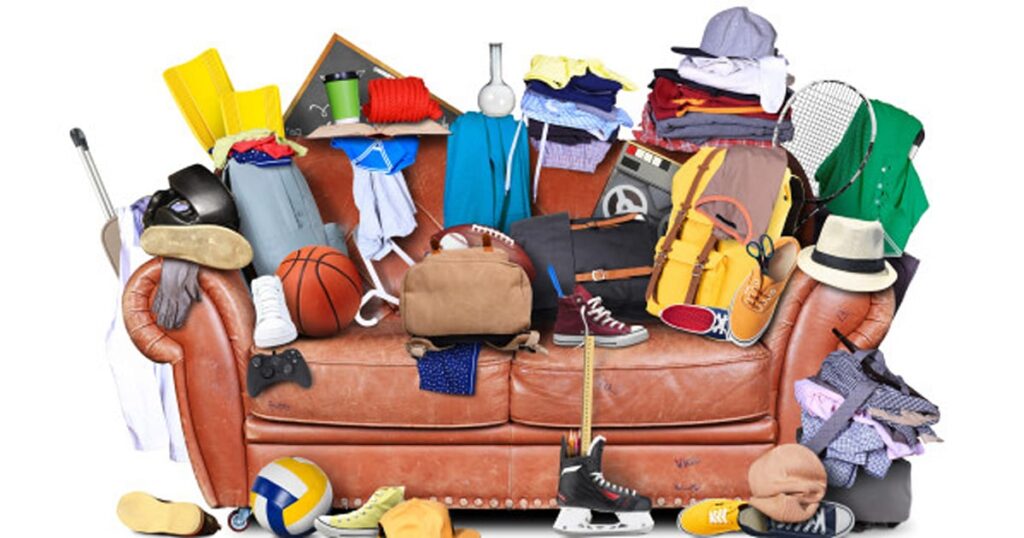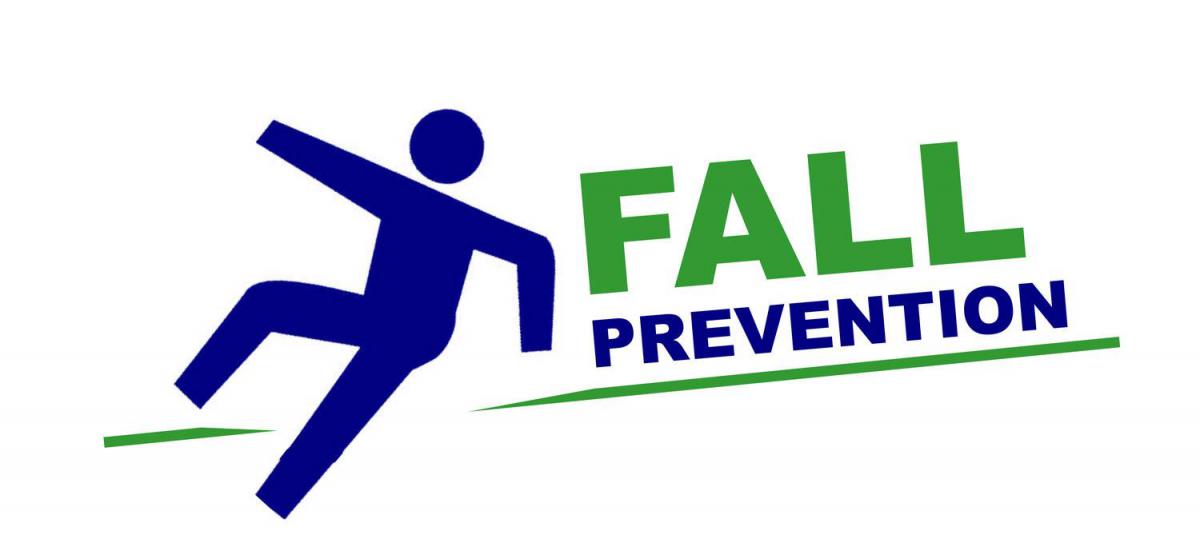Spring Cleaning and fall prevention; who knew they went together? A third of community‐dwelling people aged over 65 years fall each year. Falls can have serious consequences including restricting activity or institutionalization[1]. Most seniors report that falling is one of their major concerns. Fall prevention should be on everyone’s radar, and spring cleaning is a great way to personalize the fall prevention initiative.
Fall-related injuries impact one’s quality of life, often resulting in loss of independence, decreased mobility, and, in some cases, early admission to a nursing home. The fear of falling can cause people to limit their activities, leading to reduced mobility and increased risk of falling[2]
What is a fall?
There are several definitions for falls, yet in reality, it is where an individual comes to rest inadvertently on the ground. Falls may result from a risk factor that can be anticipated such as altered mental status, an abnormal walking pattern, a balance issue, frequent toileting needs, or high-risk medications. There are also unanticipated risk factors that can result in a fall such as a seizure, stroke, or fainting episode. Environmental factors such as uneven pavement, water on a walkway, electrical cords, tripping over a pet, and poor lighting are other leading causes of falls.
Who is at risk?
Individuals with dementia, impaired vision, a history of falls, and depression, and those living with a spouse are at a higher risk for falls. Physical and environmental factors impact the rate of falls. Studies reveal that individuals who have fallen once will likely fall again. Working collaboratively with your healthcare professional will help in determining your risk of falling and actions to take to reduce your risks.

Spring Cleaning
Spring cleaning is a critical way to address the environmental factors at home. Minimizing these environmental hazards is a great way to increase the individual’s level of confidence as it relates to falls. For spring cleaning to be effective and successful, there needs to be active participation and engagement of the resident and/or caregiver. The process to identify and remove environmental hazards will take time. This is dependent on the size, condition, and amount of clutter in the residence. It’s best to start in those areas that present the most risk, kitchen, halls, bathrooms, and bedrooms.

What to look for?
Start at the bottom by looking at the floor; is it in good condition (uneven flooring,? Are there trip hazards (electrical cords, furniture barriers, and inability to safely utilize a walker, wheelchair, or rollator?
Remember that falling is not a normal part of aging! Many falls can be prevented. Spring cleaning is a great way to minimize fall and trip hazards. Make your spring cleaning meaningful by focusing on keeping your home free of fall hazards. Reduce the chance of a fall.

Action Steps
- Consider obtaining a fall predictive device/alarm, especially one that alerts someone else of your fall
- Repair or install flooring for easier mobility
- Remove scatter rugs and runners
- Consider the individual’s dominant side with equipment and furniture placement
- Remove unstable furniture
- Consider the installation of grab bars
- Determine if frequently used items are within reach – rearrange to keep items within reach
- Review footwear – Nonslip, comfortable, well-fitting footwear
- Discuss with your medical provider:
- Need for physical and occupational therapy to preserve physical function, assess balance, and perform a detailed home fall prevention assessment
- Medications that may have an associated falls risk (those that cause drowsiness, dizziness, or confusion). Advise if you get dizzy or lightheaded when you go from a sitting to a standing position
- Need for vision screening
- Need for assistive devices
- Ensure adequate lighting and night lights are available. Assess during the evenings to address shadows
- Check for loose or uneven stairs and the condition of handrails
- Eliminate clutter; discard unused and broken items, keep the floor and counters free of unneeded items
- Keep wheelchair wheels in the “locked” position when stationary
- Keep floor surfaces clean and dry
- Lower the mattress to the floor, especially helpful for shorter individuals
Yes, spring cleaning and fall prevention are very closely tied together.
Resources
Check for Safety – A Home Fall Prevention Checklist for Older Adults CDC’s tool to assess your residence
Older men at higher risk for falls-related skull fractures: study
Addressing at-home hazards may cut falls risk by a quarter, Cochrane Review findsStudy: Falls rate nearly 50% for U.S. seniors with dementia; 3 factors raise risk
[1] Environmental interventions for preventing falls in older people living in the community
[2] Programs and Policies to Prevent Falls in North Carolina



